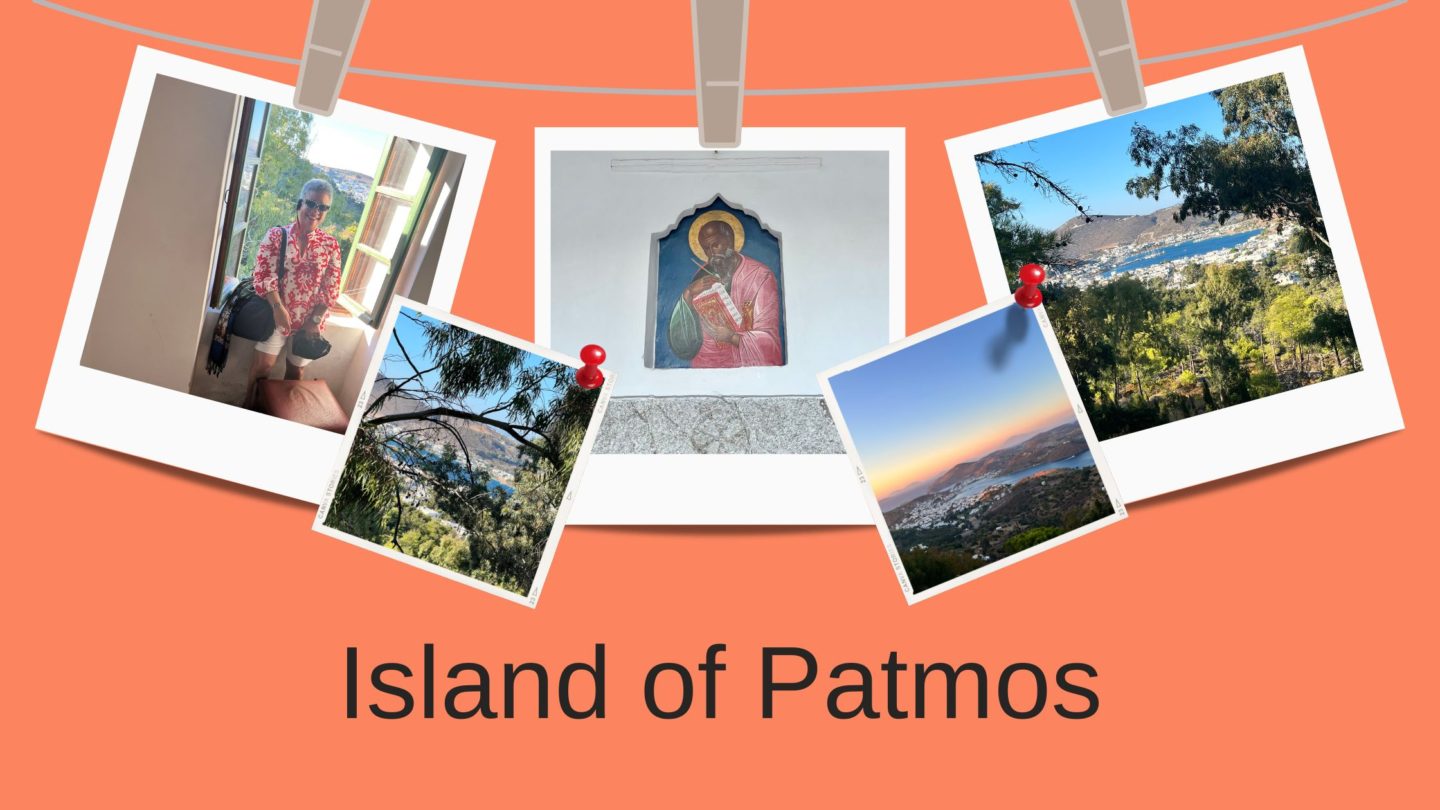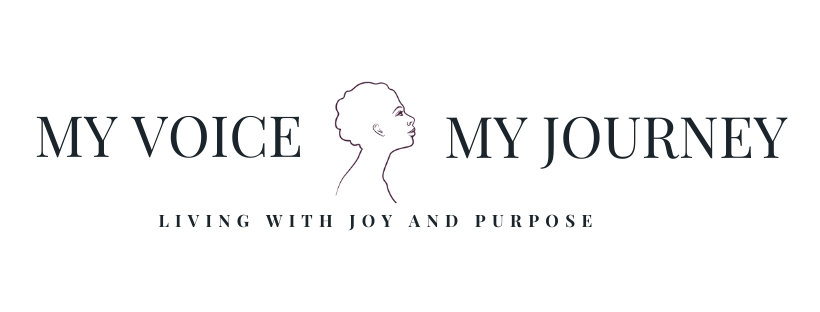
We left the City of Camikebir on the Aegean Sea in Turkey, destined for Patmos, Greece.
Patmos became famously known as the small Greek island where the Roman Empire exiled John the Evangelist. Jailed in a natural cave that he shared with his scribe, John reportedly received the vision and the words inscribed in the Book of Revelations while on the island.
This holy site is overseen by the Greek Orthodox Church, which maintains it for its global visitors. A painting of the Evangelist, located at the entrance to the cave, over the door, greets the pilgrims. Taking pictures is prohibited from there, and the site is reserved for prayers and contemplation.
An orthodox priest stands inside the cave and ensures the faithful’s many candles are placed safely in the sand receptacle and an ample supply. The area that made up John’s bed is in an enclave on the side of the cave near the ledge where his scribe sat while John dictated the words of the book of Revelation.
The Bible states that the voice of God was so loud that it cracked the cave ceiling in three places. The three lines are still there for the faithful and pilgrims to see. Many, including me, touched the ceiling, following with our fingers the lines in the ceiling that some report as a depiction of the Trinity. Many centuries later, we felt we had to touch, just as St Thomas did with the holes in Jesus’ side and hands, for being in such a historical space is hard to believe.
The site moved me. I experience incredible and hard-to-describe feelings when I witness places that tell of historical events that occurred thousands of years ago in faraway places. Visiting these places helps me better grasp and understand how politics, geography, culture, and religion came together to establish traditions, dogma, teachings, and beliefs designed to unite and divide simultaneously in the pursuit of control. In paintings at the entrance of the cave and the St John monastery, John is depicted as a man from the Middle East, tying the Christian faith to an era far preceding its adoption and popularization by Europe and reminding us of the birth of Christianism in Minor Asia, Africa, and the Middle East far from the capitals of Europe. These subtle reminders render the story more credible and authentic when figures of history are depicted as they must have been when they walked this earth.
Visiting these sites in Turkey and Greece drove it home for me that when Constantinople started establishing the catholic church in Europe, humans manipulated much of its history and ensuing imagery to suit their desire for power and control.
When you visit these sites, there is a much more authentic story, and I am grateful that I could go behind the curtains to experience it first-hand. This trip to Turkey and Greece furthered my understanding of our geopolitical context. This understanding allows me to develop my own analysis of the history of humanity’s evolution and the role of religion in shaping who we are and the world as it is. So much has been said and done in the name of religion that we lose sight that having free will, intelligence, and a sense of wonder for the unseen can help us intuitively develop our spiritual selves to evolve and meet our purpose. We forget about our divinity and power, for we are constantly reminded that we are a product of sin and sinners.
The faith journey starts as a child when sent to the church to learn what others felt safe for us to absorb. Still, as we grow and experience life, our role is to develop our spirituality, keeping the essential teaching of every religion and spiritual practice at its center – loving others as you love yourself.
